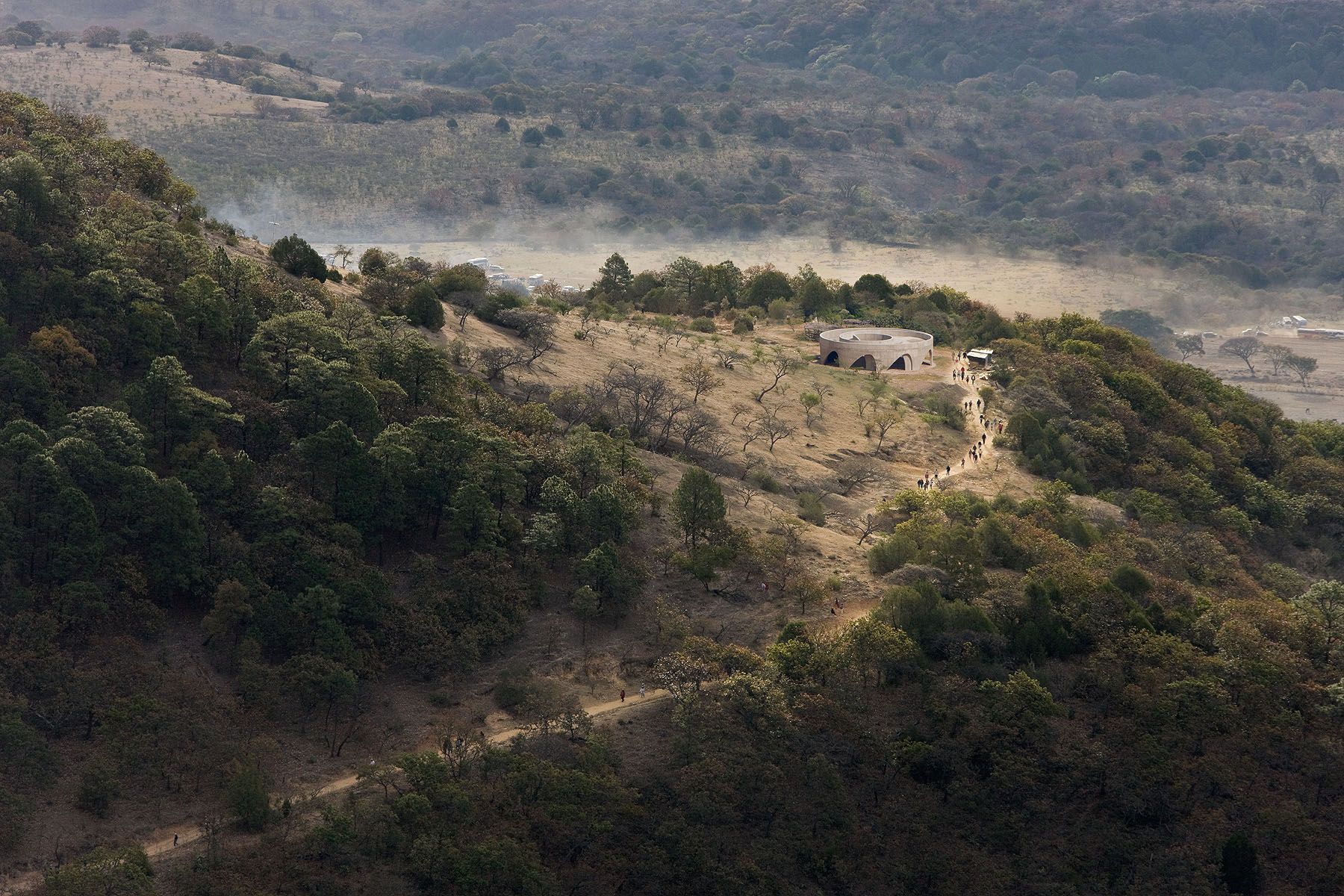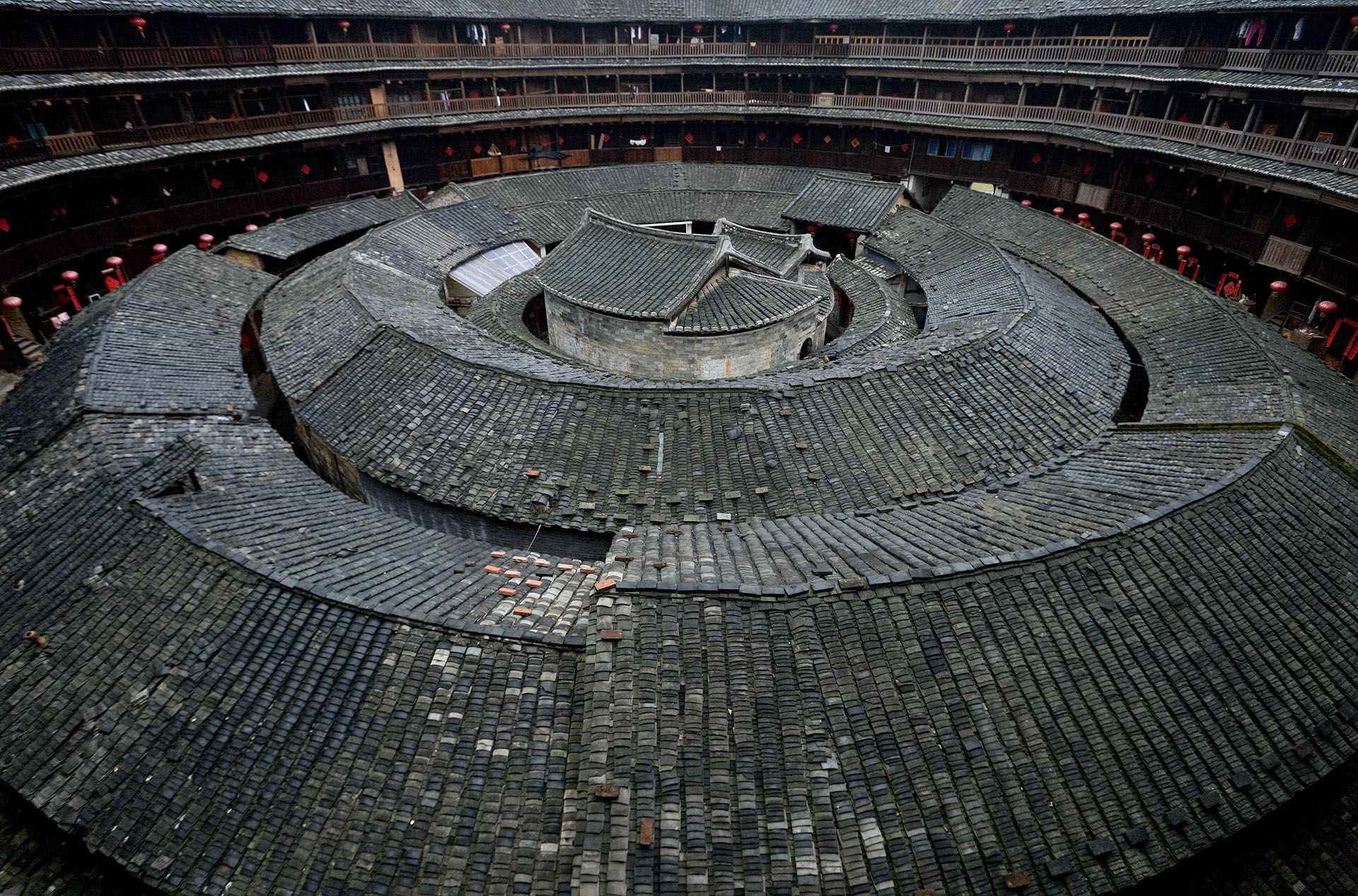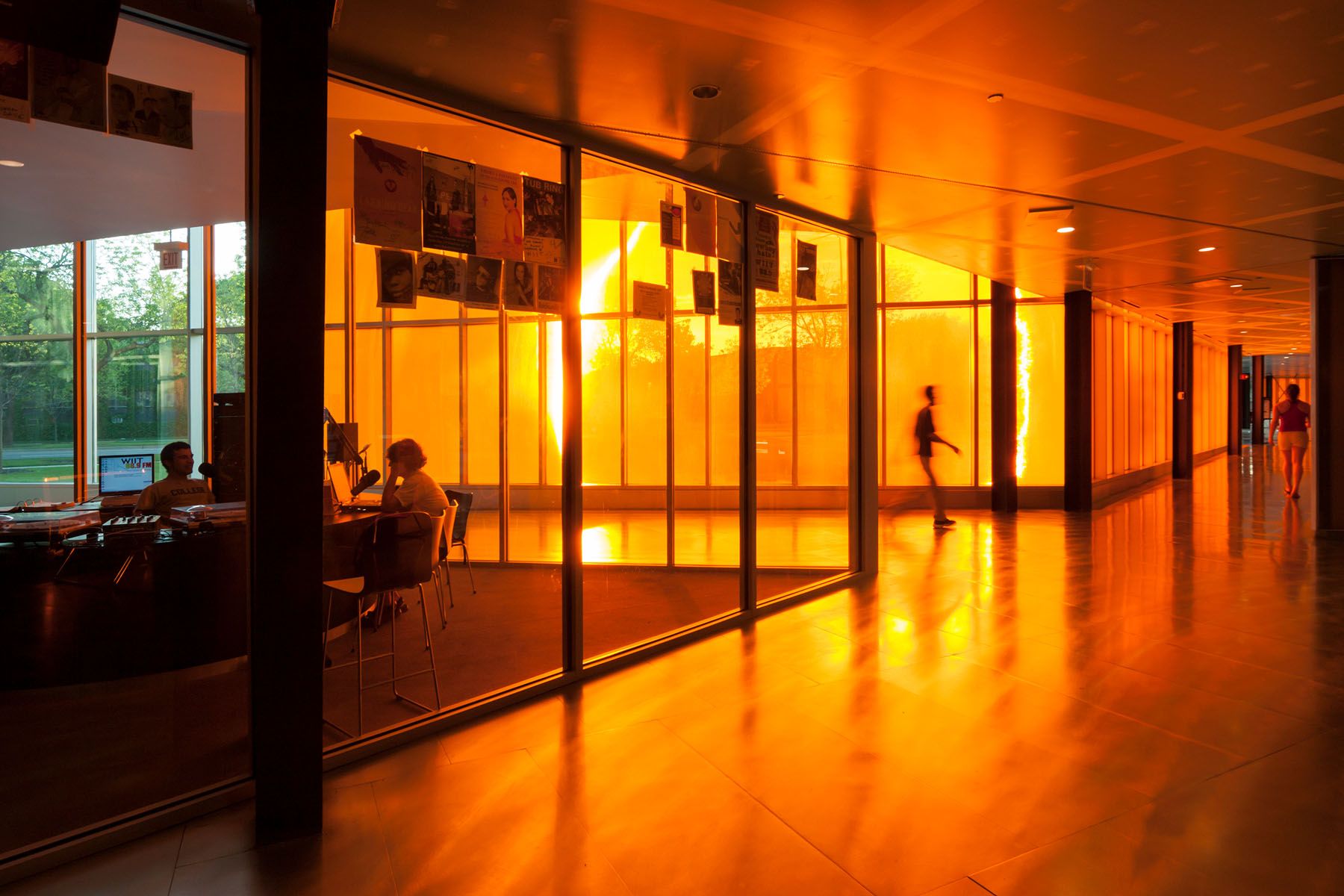Babyn Yar Synagogue – Manuel Herz
Designed by Manuel Herz, the Babyn Yar Synagogue stands at the edge of a wooded ravine on the western outskirts of Kyiv—Babyn Yar, the site of one of the most devastating massacres of the Nazi regime. On September 29–30, 1941, approximately 35,000 Jews were executed by German forces. In the months that followed, more than 100,000 additional victims—including Jews, Roma, Soviet prisoners of war, Ukrainian nationalists, and psychiatric patients—were murdered there in what has since been called the “Holocaust by bullets.”
As part of a broader effort to confront and commemorate this layered and painful history, the Babyn Yar Holocaust Memorial Foundation has initiated a series of architectural interventions. The Babyn Yar Synagogue is the first structure to be realized—conceived not only as a memorial to the past but as a symbol of continuity and renewed Jewish presence on the site.
The synagogue is imagined as a book—specifically a Siddur or Bible—brought to life through collective reading and reflection. This metaphor informs the design itself: an unfolding, kinetic structure that physically opens like a pop-up book, inviting both spiritual contemplation and communal memory. It offers a space for prayer, resilience, and the reweaving of presence in a place marked by unimaginable absence.





